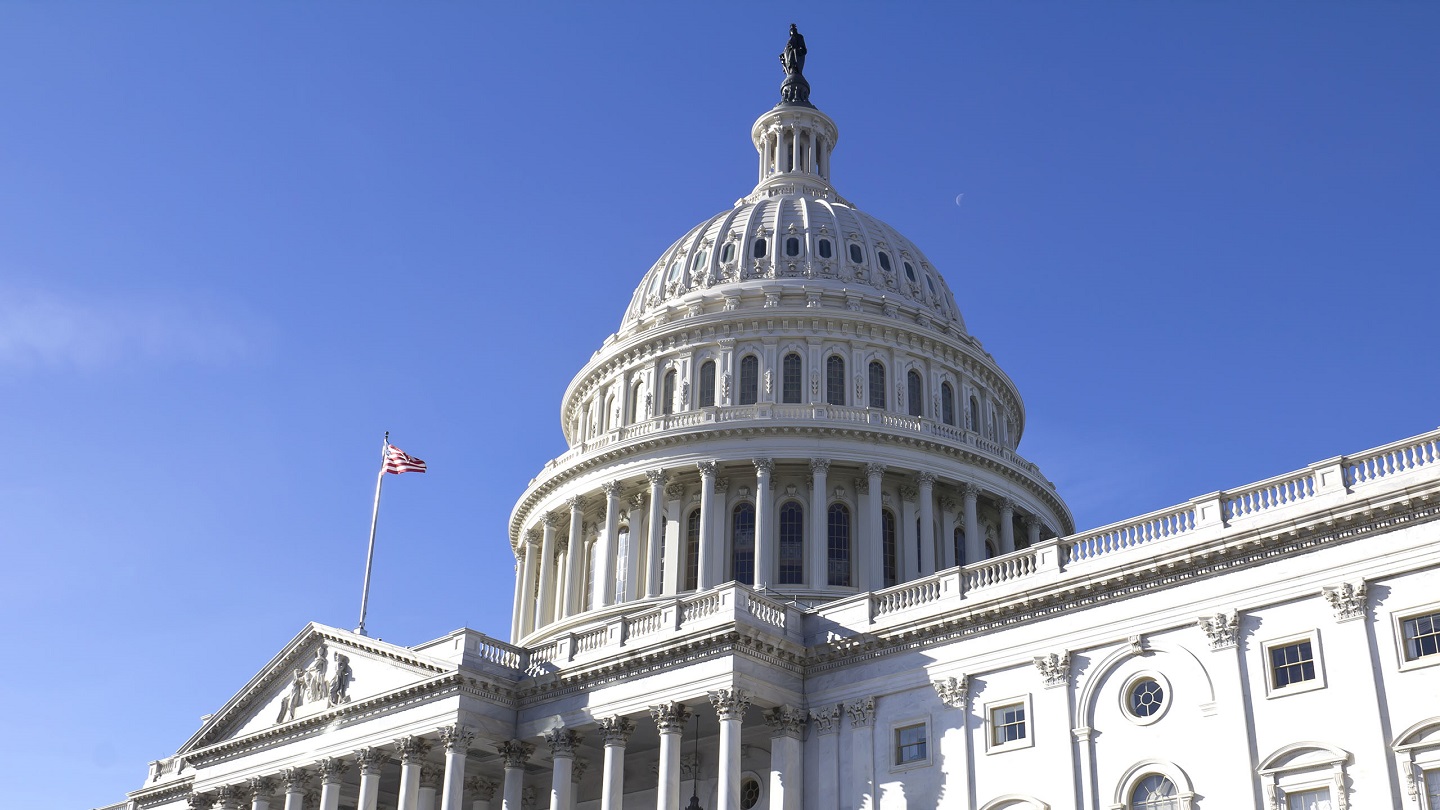From startups to legacy brands, you're making your mark. We're here to help.
-
Innovation Economy
Fueling the success of early-stage startups, venture-backed and high-growth companies.
-
Midsize Businesses
Keep your company growing with custom banking solutions for middle market businesses and specialized industries.
-
Large Corporations
Innovative banking solutions tailored to corporations and specialized industries.
-
Commercial Real Estate
Capitalize on opportunities and prepare for challenges throughout the real estate cycle.
-
Community Impact Banking
When our communities succeed, we all succeed. Local businesses, organizations and community institutions need capital, expertise and connections to thrive.
-
International Banking
Power your business' global growth and operations at every stage.
Key Links
Prepare for future growth with customized loan services, succession planning and capital for business equipment.
-
Asset Based Lending
Enhance your liquidity and gain the flexibility to capitalize on growth opportunities.
-
Equipment Financing
Maximize working capital with flexible equipment and technology financing.
-
Trade & Working Capital
Experience our market-leading supply chain finance solutions that help buyers and suppliers meet their working capital, risk mitigation and cash flow objectives.
-
Syndicated Financing
Leverage customized loan syndication services from a dedicated resource.
-
Commercial Real Estate
Capitalize on opportunities and prepare for challenges throughout the real estate cycle.
-
Employee Stock Ownership Plans
Plan for your business’s future—and your employees’ futures too—with objective advice and financing.
Key Links
Serving the world's largest corporate clients and institutional investors, we support the entire investment cycle with market-leading research, analytics, execution and investor services.
-
Institutional Investors
Putting your long-tenured investment teams on the line to earn the trust of institutional investors.
-
Markets
Direct access to market leading liquidity harnessed through world-class research, tools, data and analytics.
-
Prime Services
Helping hedge funds, asset managers and institutional investors meet the demands of a rapidly evolving market.
-
Global Research
Leveraging cutting-edge technology and innovative tools to bring clients industry-leading analysis and investment advice.
-
Securities Services Solutions
Helping institutional investors, traditional and alternative asset and fund managers, broker dealers and equity issuers meet the demands of changing markets.
Key Links
Providing investment banking solutions, including mergers and acquisitions, capital raising and risk management, for a broad range of corporations, institutions and governments.
-
Center for Carbon Transition
J.P. Morgan’s center of excellence that provides clients the data and firmwide expertise needed to navigate the challenges of transitioning to a low-carbon future.
-
Corporate Finance Advisory
Corporate Finance Advisory (“CFA”) is a global, multi-disciplinary solutions team specializing in structured M&A and capital markets. Learn more.
-
Development Finance Institution
Financing opportunities with anticipated development impact in emerging economies.
-
Sustainable Solutions
Offering ESG-related advisory and coordinating the firm's EMEA coverage of clients in emerging green economy sectors.
-
Mergers and Acquisitions
Bespoke M&A solutions on a global scale.
-
Capital Markets
Holistic coverage across capital markets.
Your partner for commerce, receivables, cross-currency, working capital, blockchain, liquidity and more.
Key Links
A uniquely elevated private banking experience shaped around you.
-
Banking
We have extensive personal and business banking resources that are fine-tuned to your specific needs.
-
Investing
We deliver tailored investing guidance and access to unique investment opportunities from world-class specialists.
-
Lending
We take a strategic approach to lending, working with you to craft the right financing solutions matched to your goals.
-
Planning
No matter where you are in your life, or how complex your needs might be, we’re ready to provide a tailored approach to helping your reach your goals.
Whether you want to invest on your own or work with an advisor to design a personalized investment strategy, we have opportunities for every investor.
-
Invest on your own
Unlimited $0 commission-free online stock, ETF and options trades with access to powerful tools to research, trade and manage your investments.
-
Work with our advisors
When you work with our advisors, you'll get a personalized financial strategy and investment portfolio built around your unique goals-backed by our industry-leading expertise.
-
Expertise for Substantial Wealth
Our Wealth Advisors & Wealth Partners leverage their experience and robust firm resources to deliver highly-personalized, comprehensive solutions across Banking, Lending, Investing, and Wealth Planning.
For Companies and Institutions
-
Commercial Banking
From startups to legacy brands, you're making your mark. We're here to help.
-
Institutional Investing
Serving the world's largest corporate clients and institutional investors, we support the entire investment cycle with market-leading research, analytics, execution and investor services.
-
Payments
Your partner for commerce, receivables, cross-currency, working capital, blockchain, liquidity and more.
-
Credit & Financing
Prepare for future growth with customized loan services, succession planning and capital for business equipment.
-
Investment Banking
Providing investment banking solutions, including mergers and acquisitions, capital raising and risk management, for a broad range of corporations, institutions and governments.
For Individuals
-
Private Bank
A uniquely elevated private banking experience shaped around you.
-
Wealth Management
Whether you want to invest on you own or work with an advisor to design a personalized investment strategy, we have opportunities for every investor.
Explore a variety of insights.
Key Links
Insights by Topic
Explore a variety of insights organized by different topics.
Key Links
Insights by Type
Explore a variety of insights organized by different types of content and media.
Key Links
We aim to be the most respected financial services firm in the world, serving corporations and individuals in more than 100 countries.
Key Links

As of Jan. 1, 2022, the four non-U.S. dollar LIBOR benchmark rates—the British pound (GBP), Japanese yen (JPY), Swiss franc (CHF) and euro (EUR)—along with the one-week and two-month USD LIBOR, are no longer published1. The end of these rates is part of the final cessation of LIBOR—and all remaining USD LIBOR rates will be discontinued after June 30, 2023.
Globally, 2021 was the beginning of the end for LIBOR. In October, U.S. state and federal financial regulators reiterated their expectations that supervised institutions with LIBOR exposure would progress toward an orderly transition away from the benchmark. To do so, the agencies strongly advised institutions to no longer use USD LIBOR as a reference rate on new contracts after Dec. 31, 2021, and to ensure existing contracts have robust fallback language that includes a clearly defined alternative reference rate.
LIBOR will reach its final retirement on June 30, 2023. It’s critical for businesses to understand how they may be affected as markets, regulators and companies acclimate to life after LIBOR and the various transition deadlines.
New rates like SOFR replace LIBOR
It’s imperative businesses learn about replacement benchmarks. Regulators around the globe have developed more robust and transaction-based risk-free rates (RFRs) that are compliant with IOSCO financial benchmark standards for almost $400 trillion of wholesale and consumer products.
What is SOFR?
The Secured Overnight Financing Rate (SOFR) is J.P. Morgan’s preferred alternative to USD LIBOR. The Federal Reserve created the Alternative Reference Rates Committee (ARRC) in 2014 to develop SOFR as an alternative RFR, which has been published on an overnight basis since 2018.
How does SOFR work?
SOFR is a broad measure of the cost of borrowing cash overnight collateralized by Treasury securities in the overnight Treasury repurchase agreement market. Several variants are available, but the one that we believe looks and feels the most like LIBOR due to its term structure is Term SOFR, which is published in one-, three-, six- and 12-month2 forward-looking rates. Term SOFR is J.P. Morgan’s preferred rate, but if you would like to discuss the other variations of SOFR, please contact your banker.
Credit-spread adjustments with SOFR
Credit-spread adjustments are another important thing to understand about SOFR. LIBOR and other RFRs like SOFR use different methodologies, meaning there may be differences between the published rates of benchmarks. As institutions transition, they may look to utilize credit spread adjustments to try to better align secured SOFR rates to unsecured LIBOR rates.
J.P. Morgan’s approach to the transition
J.P. Morgan has worked to ensure that our entire firm is prepared for the transition. We’ve undertaken major legal, operations, systems and communications work related to the transition to ensure a smooth path. Some of the items we’ve addressed include the assessment of fallback rates, document amendments, multicurrency facilities, syndicated loans, hedge accounting and coordination across RFRs, among other items.
What steps should your business take?
Given the scale of the shift from LIBOR to SOFR, it’s important that businesses take all necessary actions to prepare themselves and their finances. At a high level, we recommend that you:
- Be aware of key upcoming milestone dates
- Understand LIBOR-related provisions of your loan documents
- Learn about SOFR and consult with your own independent professional advisers
- Be sure that your internal systems and processes can accommodate new alternative rates
- Be responsive to lender outreach around needed remediation work
Being proactive can help your organization prepare for LIBOR cessation and aid in the necessary transition.
The firm will continue to provide updates through the June 30, 2023, LIBOR deadline, and we look forward to working with you closely during the process.
If you have questions, please contact your banker.
References
With the exception of the 1, 3 and 6 month JPY and GBP LIBOR rates, which will continue to be published for a limited period after December 31, 2021, using a “synthetic” methodology, which has been noted by the U.K. Financial Conduct Authority to no longer be representative of the underlying market.
Please note that 12-Month CME Term SOFR has not yet been endorsed by the ARRC for benchmark replacement and fallback language but may be used for pricing in new deals.
Related insights

Markets
Where will tariff rates settle? 3 scenarios explained
Apr 17, 2025
Amid rapid policy changes, we’re refining our views on global economies and markets.

Markets
5 thoughts on the market’s tariff tantrum
Apr 11, 2025
The market cast a loud “no” vote on tariffs, but opportunities emerged. Here are some key takeaways rising from the turmoil.

Markets
Planning techniques in a volatile market
Apr 07, 2025
Estate planning may not be at the top of your mind during times of market volatility. However, careful consideration of the opportunities presented during a market decline, especially when interest rates are low, may help reduce taxes as well as assist in fulfilling estate planning goals.

Markets
Lessons from “Liberation Day”: A guide to tariffs
Apr 04, 2025
What could President Trump’s tariffs mean for the U.S. economy – and investors?

Markets
U.S. Treasury clearing mandate: What you need to know
Apr 01, 2025
A new mandate is set to enhance U.S. Treasury market stability and transparency through central clearing of securities transactions. Here, J.P. Morgan explains how to prepare your business.

Markets
Navigating Washington's risks: Mar-a-Lago accord, tariffs and municipal tax exemption
Mar 28, 2025
Political uncertainty has reached rare heights, with tariffs, munis’ tax status and the value of the dollar the primary risks.

Markets
The bull side, the bear side and the reality
Mar 21, 2025
U.S. equity markets approach their first weekly gain in a month. What’s coming next?

Markets
Tariff implications for investors: Building a resilient portfolio amid pullbacks
Mar 14, 2025
How long can the economy’s strength last? We examine the risks to our base case.
You're now leaving J.P. Morgan
J.P. Morgan’s website and/or mobile terms, privacy and security policies don’t apply to the site or app you're about to visit. Please review its terms, privacy and security policies to see how they apply to you. J.P. Morgan isn’t responsible for (and doesn’t provide) any products, services or content at this third-party site or app, except for products and services that explicitly carry the J.P. Morgan name.